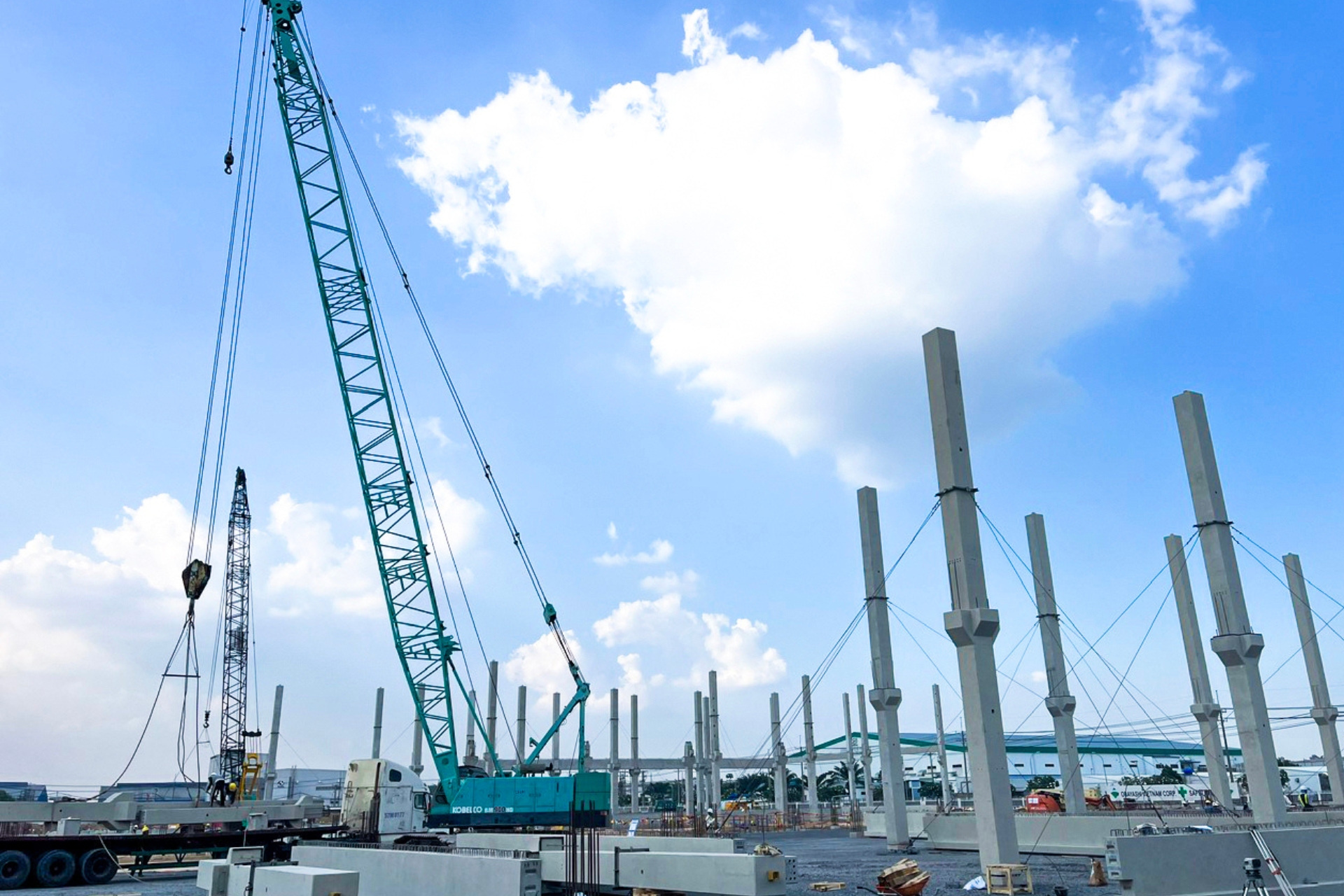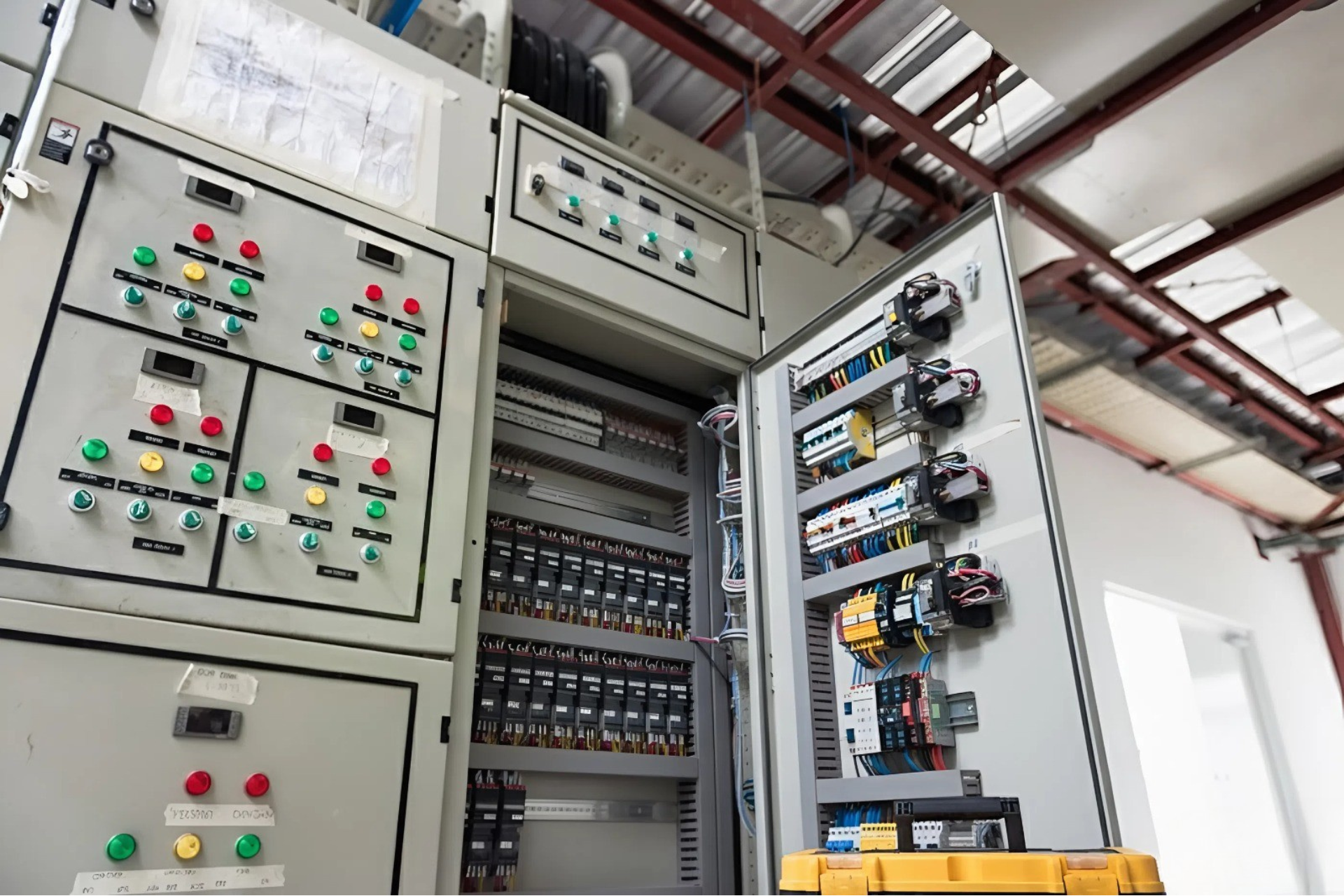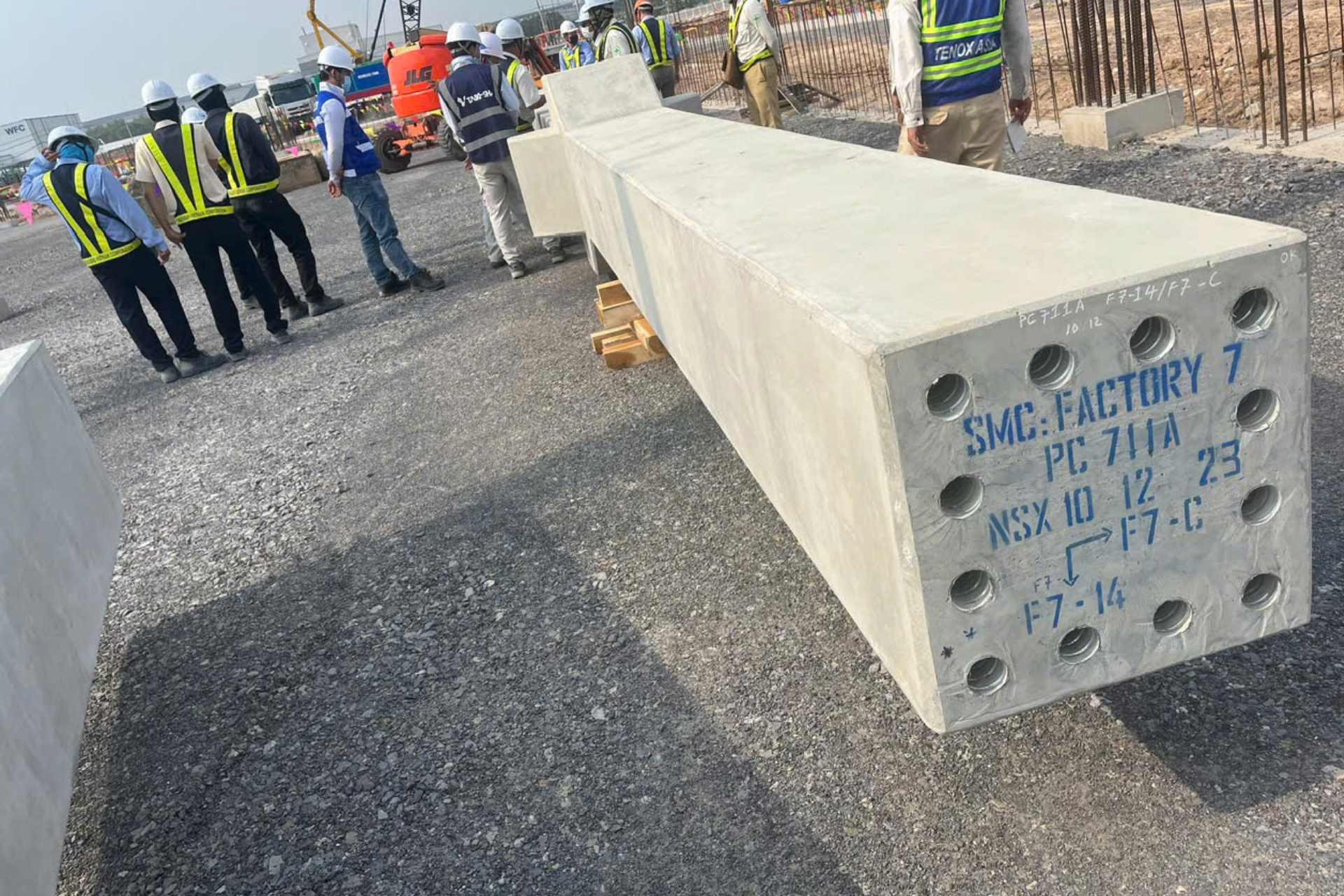
Factory Construction Process of Using Precast Concrete Components
Currently, there are various methods for constructing factory buildings, such as pre-engineered steel frames, precast concrete assemblies, or cast-in-place concrete. Each method has certain advantages and limitations due to the nature of the constituent materials. Therefore, depending on the goals and requirements of each project, the investor will decide on the solution for their industrial factory building.
In the article below, TECO will help you learn about the construction method using precast concrete assemblies. This is a modern trend that has been and is being chosen by many investors.
Definition of Precast Concrete
Precast concrete refers to components manufactured and cast in a factory according to precise design specifications. These components are then transported to the construction site for assembly. Unlike cast-in-place concrete, precast concrete is produced under factory conditions, ensuring uniform quality, better control over durability, shape, and dimensions.
Some typical precast concrete products on the market today include:
-
Concrete columns: Used to form the main framework of the factory.
-
Precast concrete beams: Connect columns and support the roof and floor systems.
-
Concrete walls: Often replace traditional bricks and can provide good soundproofing and thermal insulation.
-
Hollow/precast floors: Reduce the building’s weight and speed up construction.
-
Stairs, railings, and foundation pads: Precast to optimize construction timelines.

What is Precast Concrete? What Types of Products Are There?
Construction Process for Industrial Factories Using Precast Concrete Components
Below is the construction process for assembling precast concrete components for factory buildings:
Step 1: Manufacturing components in the factory
Based on the design drawings, components are cast in the factory under standardized conditions. This process ensures better quality control, consistency, and precision.
Step 2: Preparing and transporting components to the construction site
After passing quality inspections, the components are transported to the site. This requires specialized equipment and safe lifting techniques.
Step 3: Assembly and erection
Specialized cranes are used to erect the precast concrete components. This process is fast and unaffected by weather conditions.
Step 4: Inspection, handover, and completion
After assembly, the structure undergoes a comprehensive inspection to ensure stability and compliance with technical standards before being put into use.
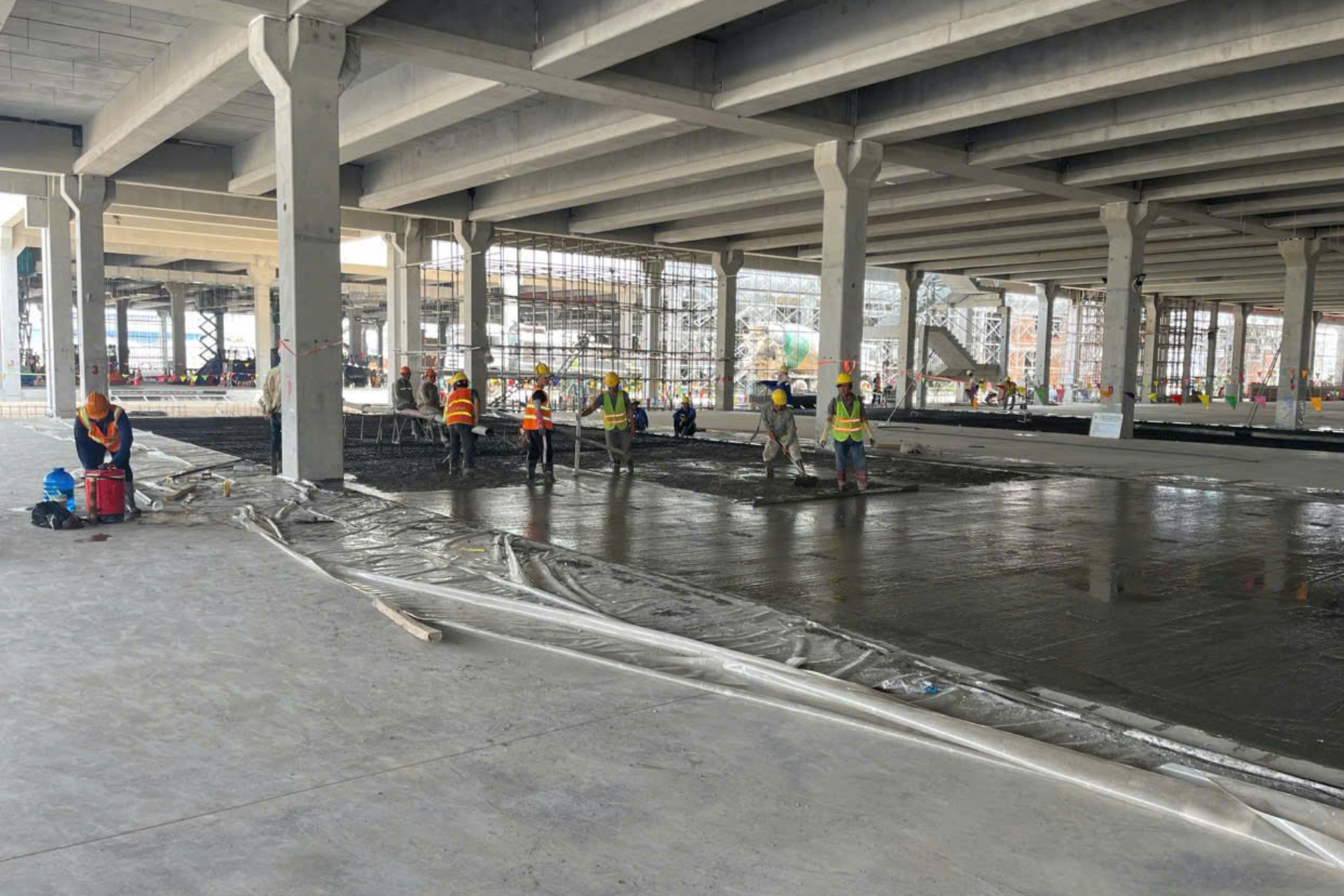
Factory construction process of using precast concrete components
Outstanding Advantages of Precast Concrete Factory Construction
This construction method offers many superior benefits compared to traditional methods:
-
Stable and well-controlled quality: Produced in a factory with strict quality control, ensuring uniformity and minimizing errors due to weather, labor, or on-site conditions.
-
Time-saving: Components are prefabricated and only need assembly on-site, significantly reducing construction time. It also minimizes weather dependency, allowing continuous work without interruptions.
-
Reduced labor and auxiliary material costs: Fewer workers are needed on-site, and precast reinforced concrete reduces material waste due to standardized sizing.
-
Increased mechanization and labor safety: High mechanization in production and installation reduces manual labor risks and minimizes hazards from working at heights.
-
High flexibility and aesthetics: Components can be produced in various shapes and sizes per design requirements. Smooth surfaces allow easy finishing and integration with other decorative materials.
-
Reduced environmental impact: Less concrete waste and debris on-site, along with reduced noise and dust compared to cast-in-place concrete.
Real Images of the SMC Long Duc Project – Constructed with Precast Concrete
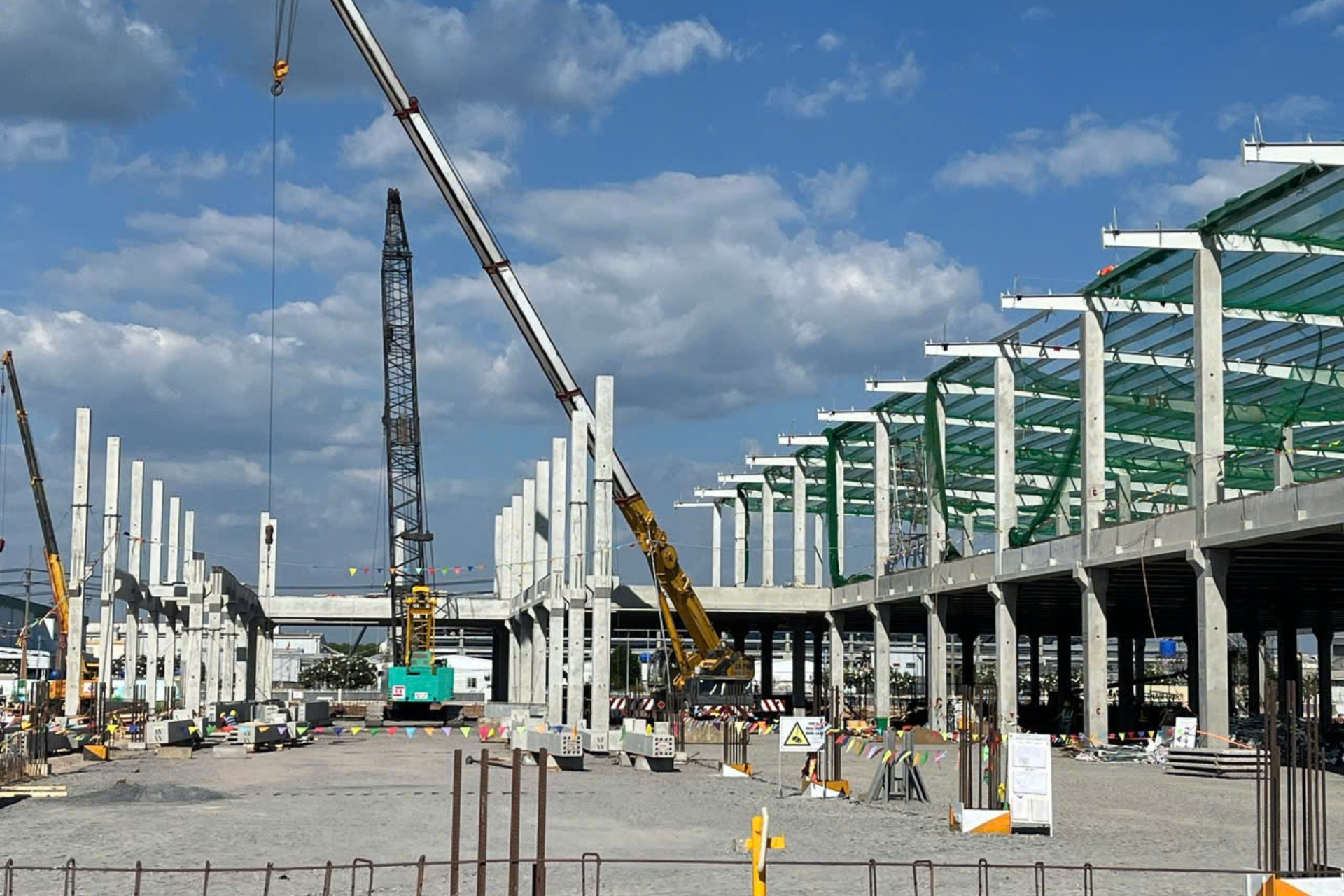
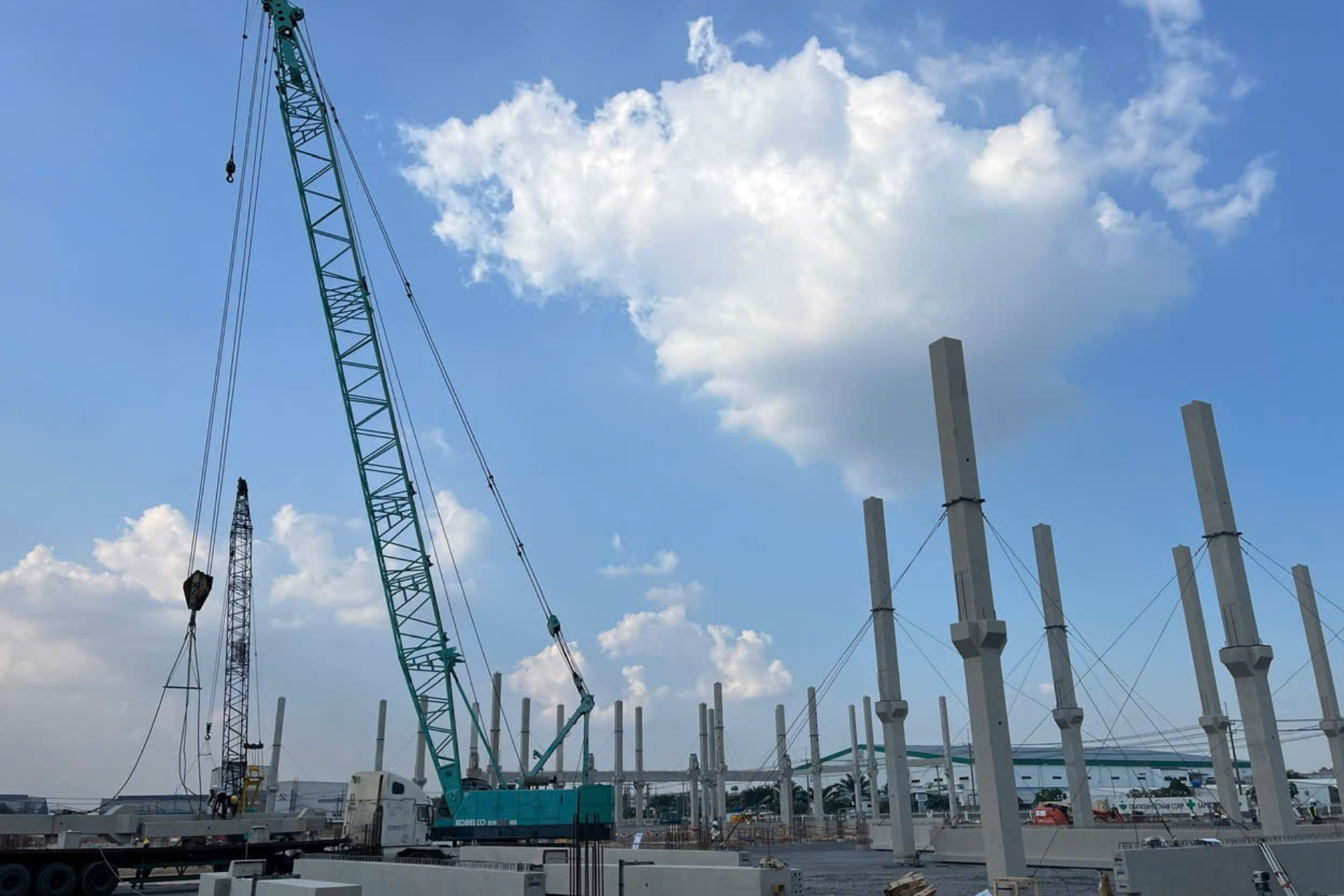
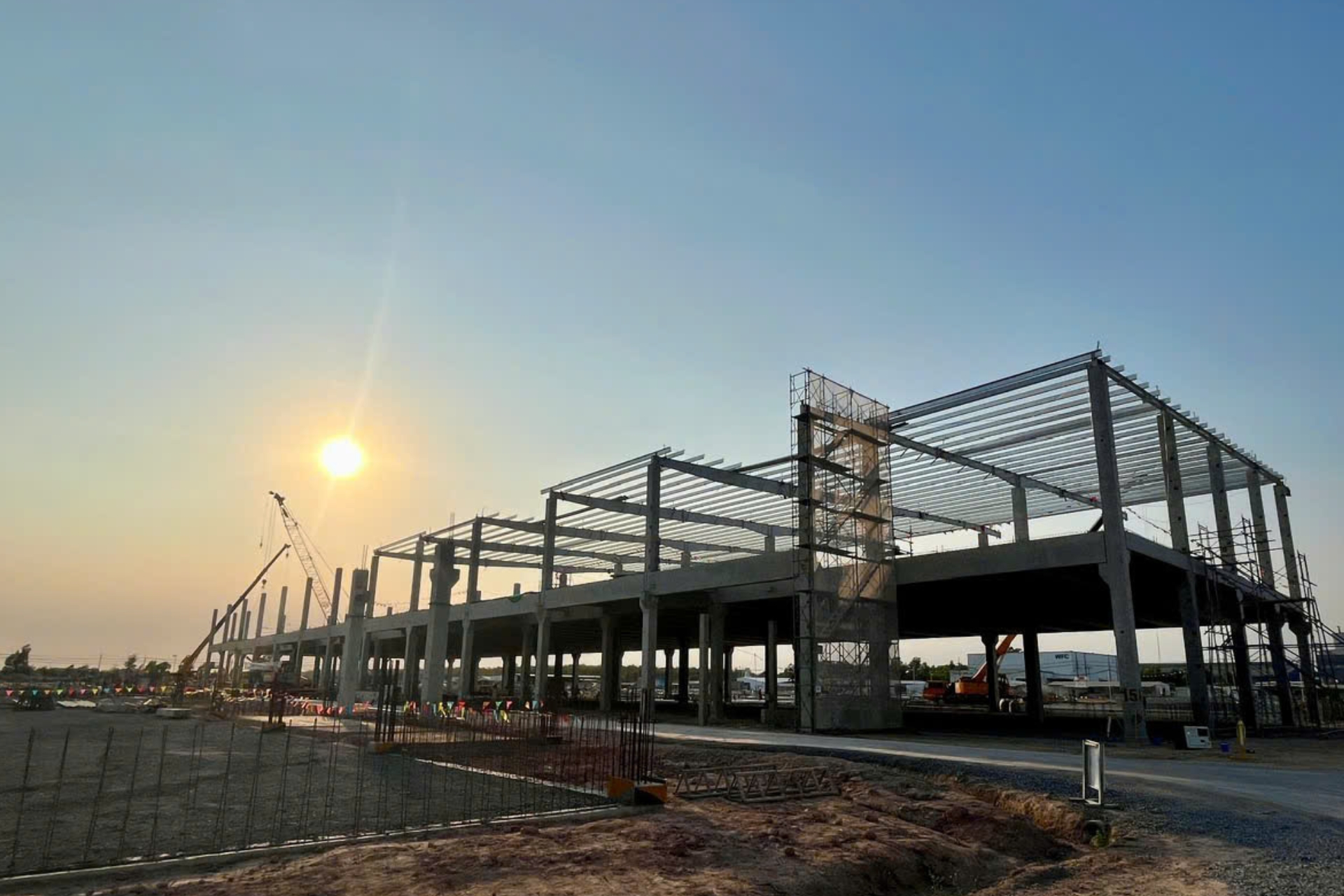
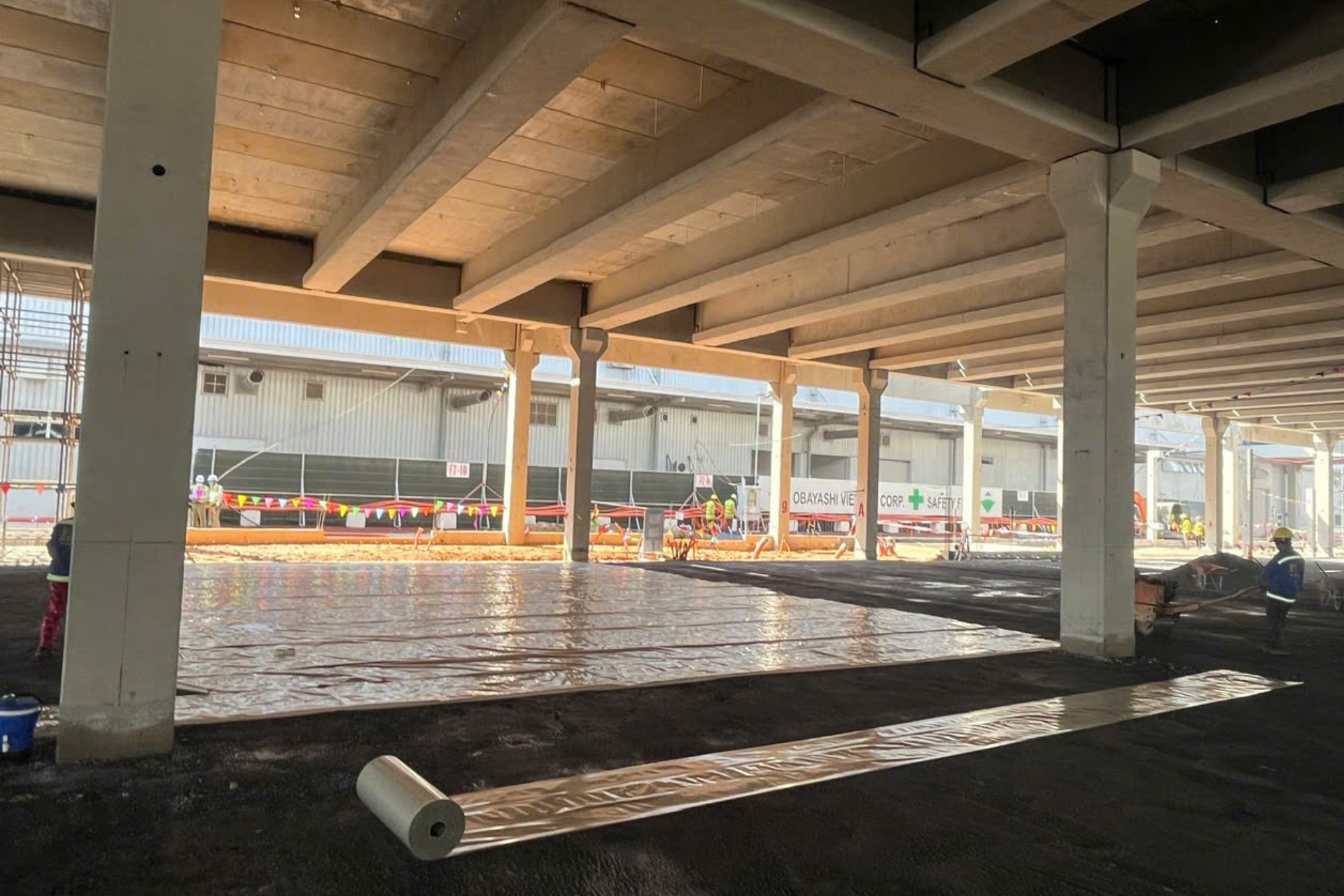
See also:
SMC Long Đức Factory Construction Project
Professional and Reliable Factory Construction Services in Bình Dương
Conclusion
It is evident that constructing factories with precast concrete assemblies not only saves time and costs but also ensures superior quality and durability. Therefore, precast concrete is now widely applied in various types of projects, not only in industrial factories but also in civil engineering, transportation infrastructure, and other fields.
If you are looking for a modern, efficient, and cost-optimized factory construction solution, contact TECO immediately for consultation and the most suitable implementation for your business.

